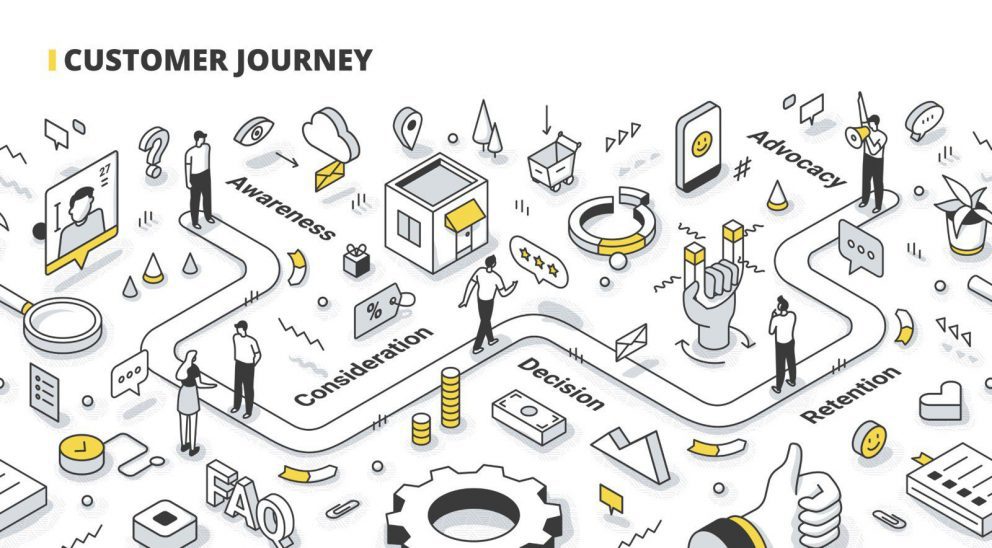How to Promote an Event (Even if You’re Not Hosting it)

By Michelle Voznyuk, Marketing Specialist at Heinz Marketing
Virtual and hybrid events are everywhere these days, and they’re not going away anytime soon. While it’s great they give a lot of opportunities to learn, grow, and network, the sheer amount of events out there can become overwhelming. With that, it’s become harder than ever to break through the noise and stand out.
That being said, you don’t have to host every event to move the needle forward. There are a lot of partnerships available for your organization to sponsor events, speak at them, or simply help promote them in exchange for lists. This usually involves promoting to your set database to get X amount of registrants. Most event organizers provide a sample promo kit and it’s up to you to do the rest.
Where to start
When starting to promote an event, it’s best to begin by drafting a campaign plan. This will give you the structure you need throughout the pre, during, and post event process. In your campaign plan you should include all details for the event, including: date, time, speakers, and registration page link (with your UTM). This will help the event organizers track how many registrations are coming from your organization specifically. Additionally, you should include what your goal is and what tactics you’ll use to achieve it. Lastly, add deadlines and a schedule for all promotions by channel.
Email Promotions
One of the most powerful tools for event promotion is email. This is because you can get more targeted and personalized in your approach with your audience.
When crafting your email promotion plan, you should first consider how many emails you want to send out. When doing so, be sure to confirm dates against any other marketing emails you’re sending out to the same group. If there’s overlap, you’ll need to segment out part of your audience. You also probably want to avoid bombarding people with too many emails, especially if you’re promoting more than one event a the same time.
As far as the emails themselves go, you should include multiple CTAs, including one CTA button and a few other areas of hyperlinked text. I also recommend opening with a paragraph or two about an opportunity or pain point around the topic of the event. Then move into what the attendee can learn or takeaway from the event. Next, add in details about the event (date, time, who’s going to be there, etc.). Lastly, be sure to include a banner image for the top of your email and link it to the registration page.
Social Promotions
Another great way to get in front of your audience is by using social channels. Facebook and LinkedIn are useful for longer-format promotion, while Twitter is good for quick snippets about your event with a registration link.
When promoting through social, consistency is key. Because there’s really no “opt in” necessary, you can target your audience more frequently. I recommend keeping it around 2 posts per channel, per week leading up to the event. Be sure to include some sort imagery with your post (like a banner or video) to help it stand out and grab attention.
If you’re not using a scheduling platform (like Buffer), I highly suggest shrinking down your registration URL using a tool like Bitly. This will look cleaner and save you characters when it comes to your Twitter posts.
You can also throw in some fun ideas like a LinkedIn Live post to promote the event or live tweeting during the event. The sky is the limit!
Email Signatures
Next, I recommend promoting your event by adding a banner to your email signature. Terminus makes it easy to update this for multiple team members at the same time. This helps when emailing externally, with clients or prospects. It’s a more passive approach to promoting, but can be the difference of making or breaking that end goal.
Tracking Progress
Once you have everything scheduled and ready to go, you should check in on progress leading up until the event. Many event organizers provide registration numbers without asking, however, in some cases you may need to reach out to get updates. You can also track performance of emails so you can determine your total contribution and conversion rate.
Depending on the performance of your emails, how many registrations you’re after, and time leading up to the event, you may want to consider making updates along the way. You can enhance performance in multiple ways like creating better subject lines or making CTAs stand out in your emails.
Follow Up
How you choose to follow up with event attendees may depend on what type of involvement you had in the event. If you’re hosting or participating in the event in any way, I suggest creating some sort of follow up process. This could be as simple as an email or two thanking your audience for attending the event and providing a link to the on-demand recording. You can also provide additional resources they might find helpful or set up a sales outreach cadence. Regardless of whichever post-event tactics you choose to include, make sure you don’t leave any opportunities left on the table.
I hope you found these tips helpful as you gear up to promote your next event! Whether you’re hosting it or not, your participation can have real impact on the outcome of an event. In addition to gaining some new leads, you can get your brand name out there and create opportunities to partner with other organizations in your space. In the end, what you get out is 100% worth what you put in.






